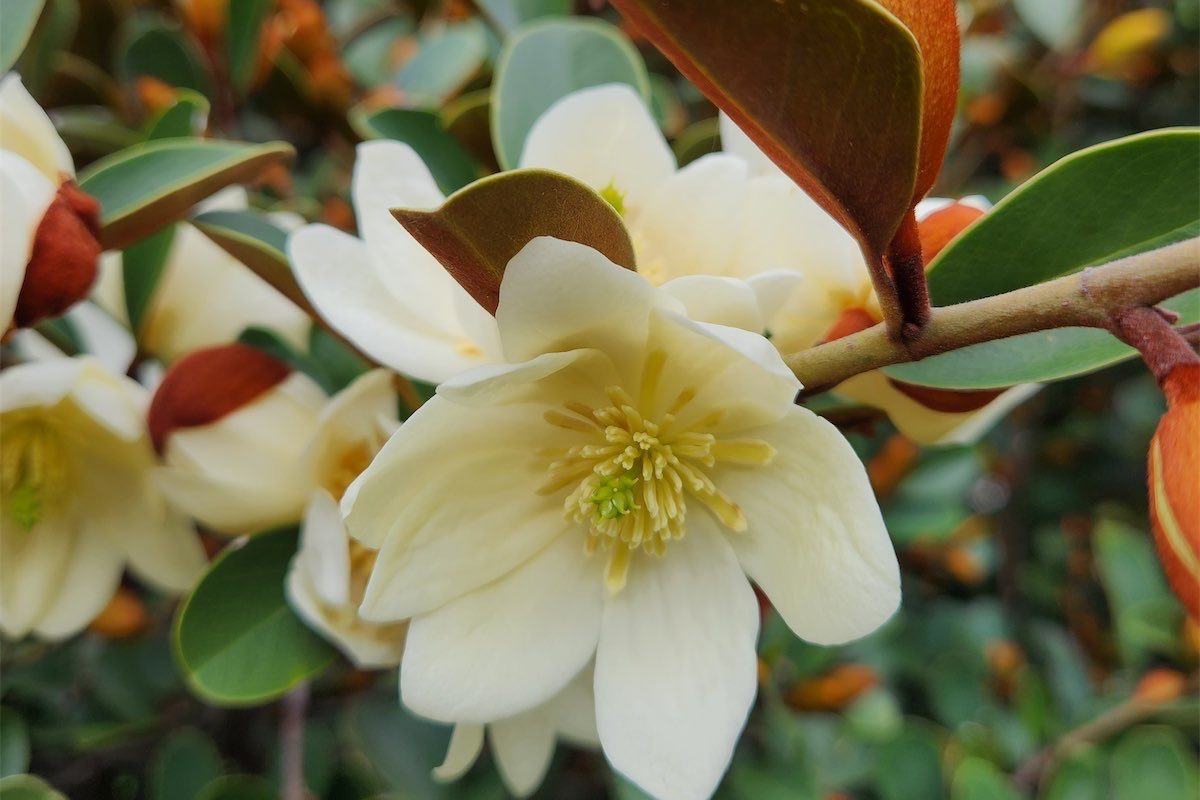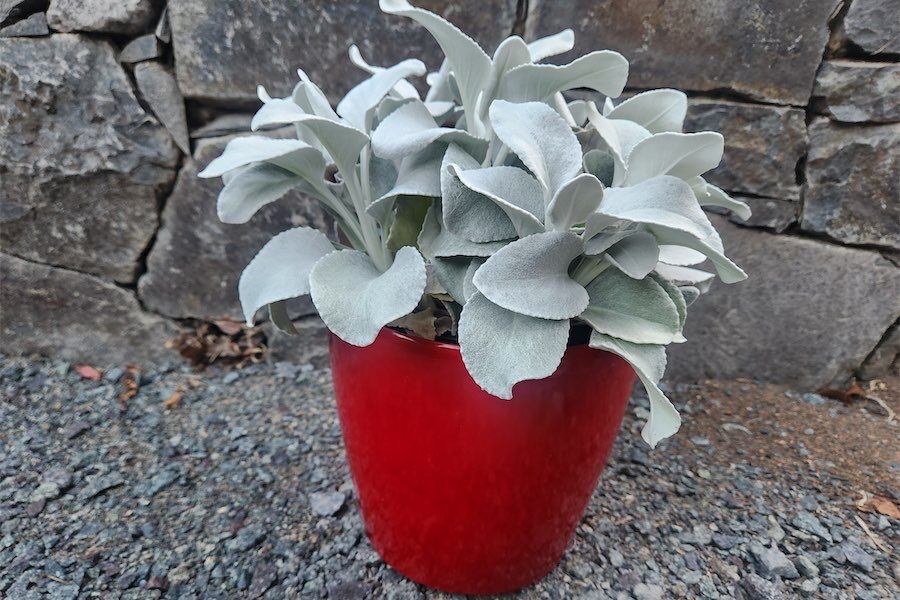
Wallflowers are a popular short-lived perennial to have in the garden as a small evergreen shrub, says gardening columnist JACKIE WARBURTON.
WALLFLOWERS are drought tolerant when established and a great, tough plant that grows up to 60cm. It lives up to about five years or so and can be grown as a biannual and replaced in the garden every few years.

It comes into flower in late winter and flowers through to summer, when the weather warms. To extend its longevity, keep it compact to protect the inside of the plant and water through the warmer months.
The most common flower colour is purple, but it also comes in colours such as yellow, orange, pink and red and is slightly fragrant. It’s terrific for pots and is a low maintenance shrub for a pop of colour in the garden this time of year.
It’s not fussy what soil it grows in and all it needs is good drainage and full sun to flower well.
Wallflowers can self-seed but an easier and more successful propagation method is from green-tip cuttings in summer, using current season’s growth.
Choose stems that have not flowered and cut to a length of about 10cm. Remove the bottom leaves of the cutting to prevent rot and water loss and dip into hormone gel or liquid. Place in a propagation mix of 50 per cent sand and 50 per cent coir peat and keep moist.
Once the cuttings have taken root, they can be potted into larger pots to grow a little stronger before planting out in autumn. Wallflowers are also from the brassica family and can be used as a decoy plant around cabbages, broccoli or cauliflowers to attract cabbage moth butterflies away from growing edibles.

NOW the frosts have just about finished for this season and the soil is beginning to warm, it’s a terrific time to plant evergreens before the summer heat arrives.
A long-lived, slow-growing shrub that grows well in our climate (and flowers in spring) is Michelia yunnanensis. A relative of the magnolia, with dark green shiny foliage and covered on the undersides with contrasting brown, velvety hairs.
Its distinctive black, brown velvet flower buds open up to creamy-white, scented flowers that cover the entire shrub.
Michella’s are evergreen and grow to about three metres. They’re suitable for planting close to an entertaining space where the fragrant flowers are stronger in the afternoon and evenings.
It can be grown as an informal hedge or clipped to keep shape and does best in acid soils. It grows best with azaleas, rhododendrons and conifers.
IN the vegetable patch, it’s time to get seedlings into the (weed free) ground as the soil warms.
Most vegetables will need at least five to six hours of full sun to grow quickly and strong, but there will still be a little frost around so cover overnight if needed.
Planting choices will depend on what was growing in that space last year. Plants such as tomatoes, eggplants and capsicums should not be planted in the same spot to prevent fungal diseases that might still be in the soil. Plant legumes such as beans and peas, sprinkle a little gardener’s lime over the area, dig in and plant out in a few weeks’ time.
Jottings
- Sow summer vegetables such as tomatoes, pumpkins, capsicums.
- Repot citrus, if needed, in a good quality citrus potting mix.
- Keep aphids off rosebuds with a blast of water.
- Spray apples with Diapel for codling moth if netting is not possible.
Who can be trusted?
In a world of spin and confusion, there’s never been a more important time to support independent journalism in Canberra.
If you trust our work online and want to enforce the power of independent voices, I invite you to make a small contribution.
Every dollar of support is invested back into our journalism to help keep citynews.com.au strong and free.
Thank you,
Ian Meikle, editor





Leave a Reply